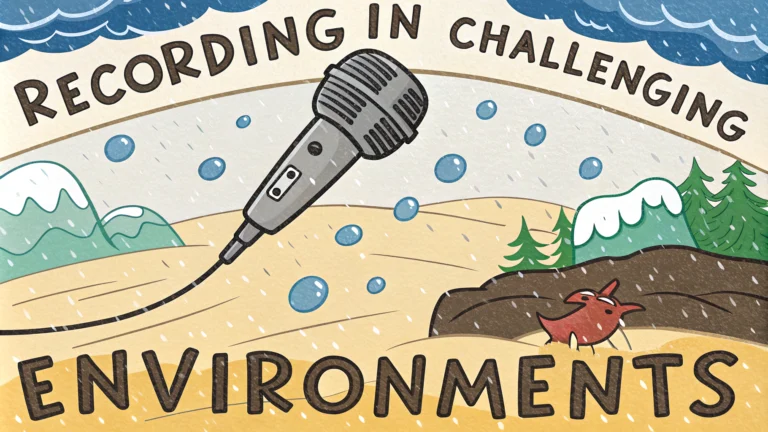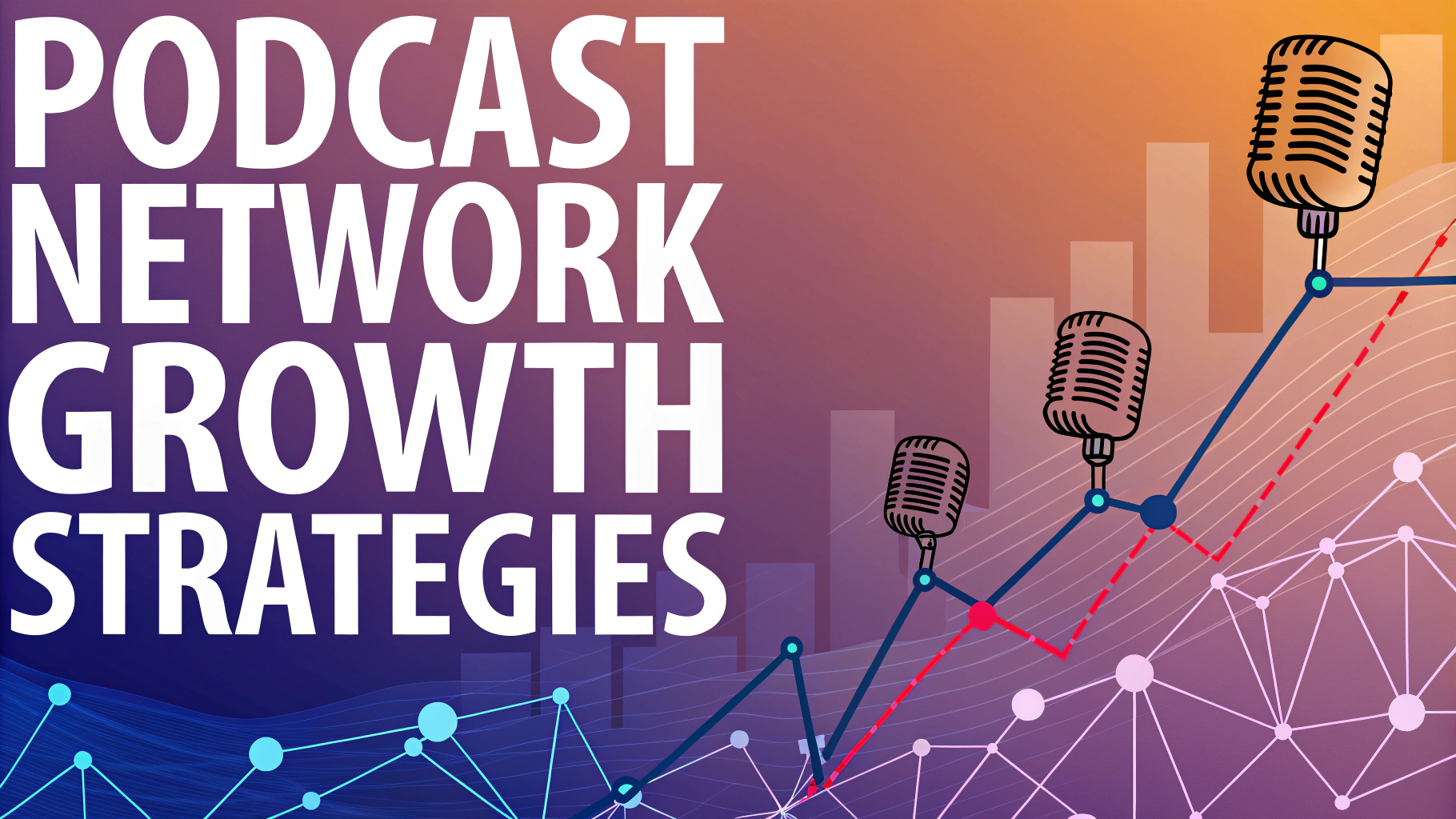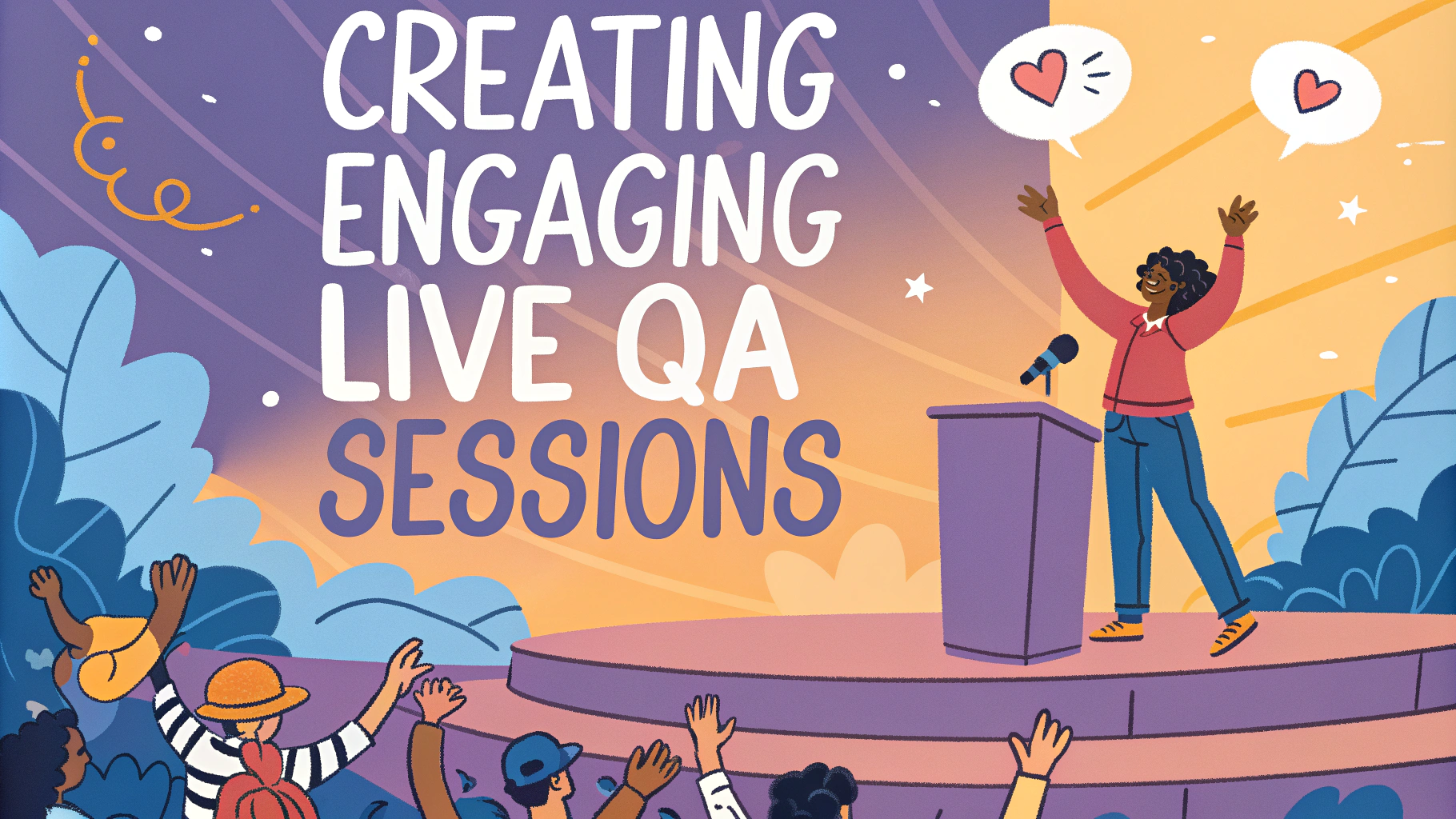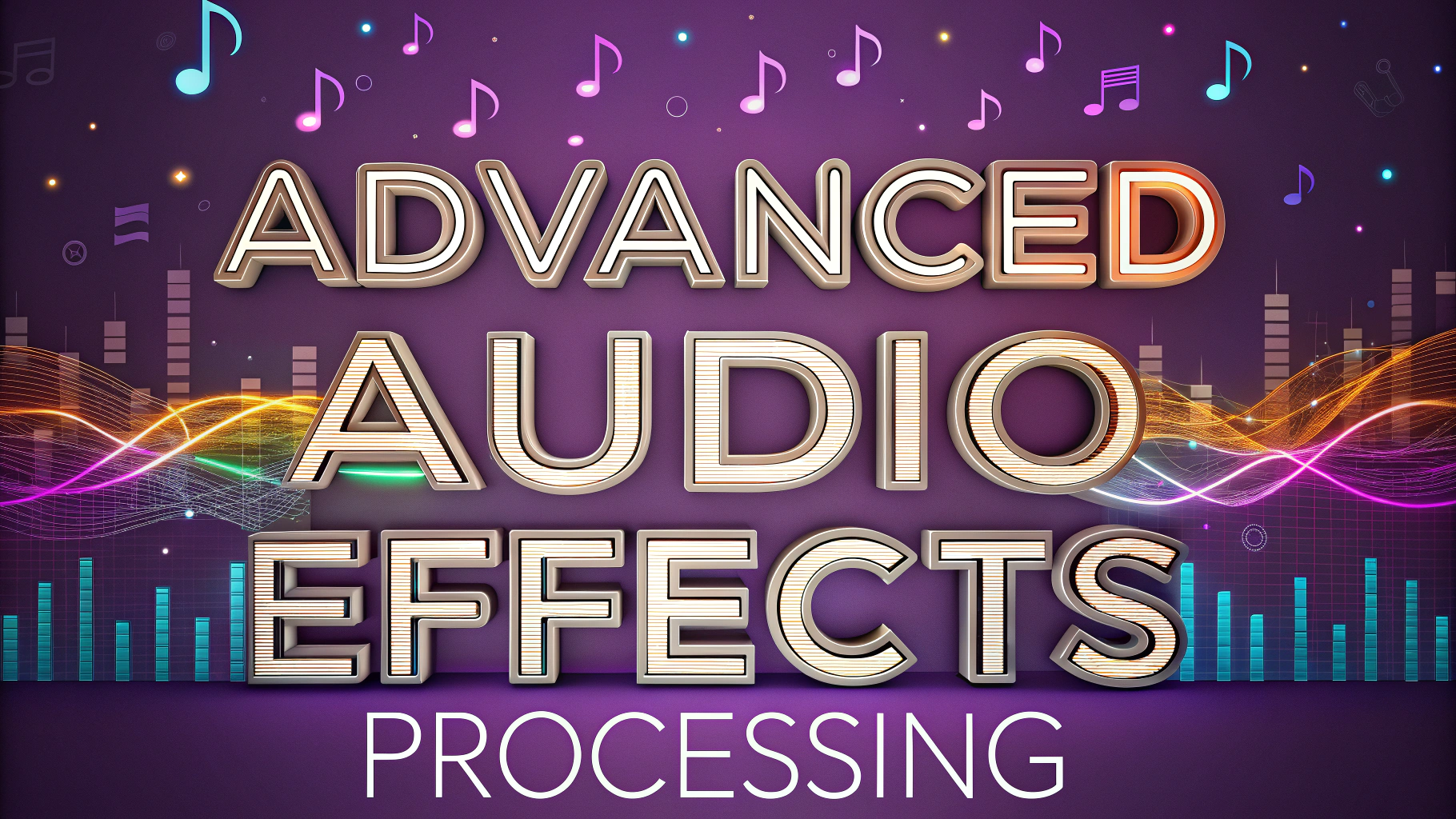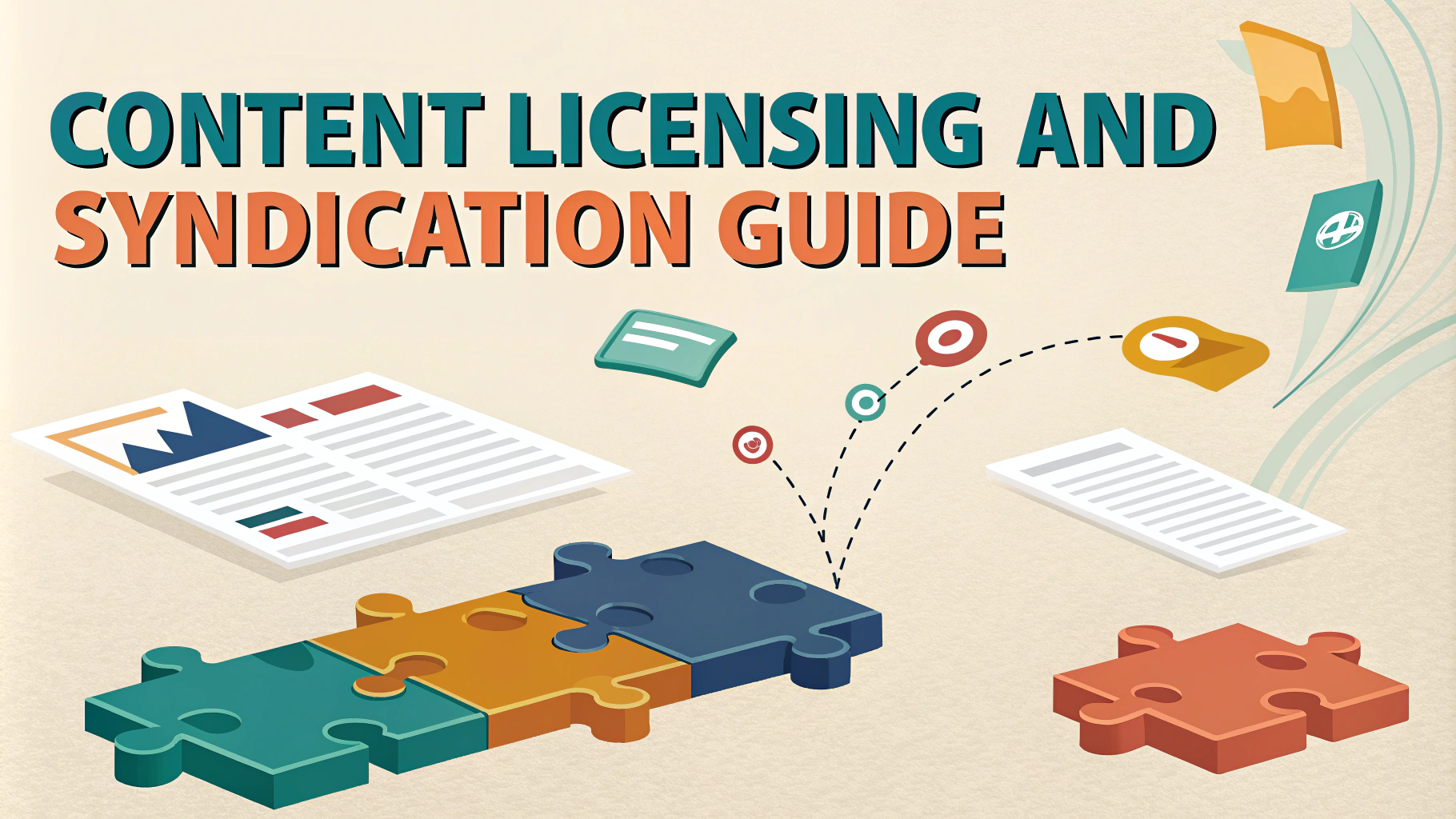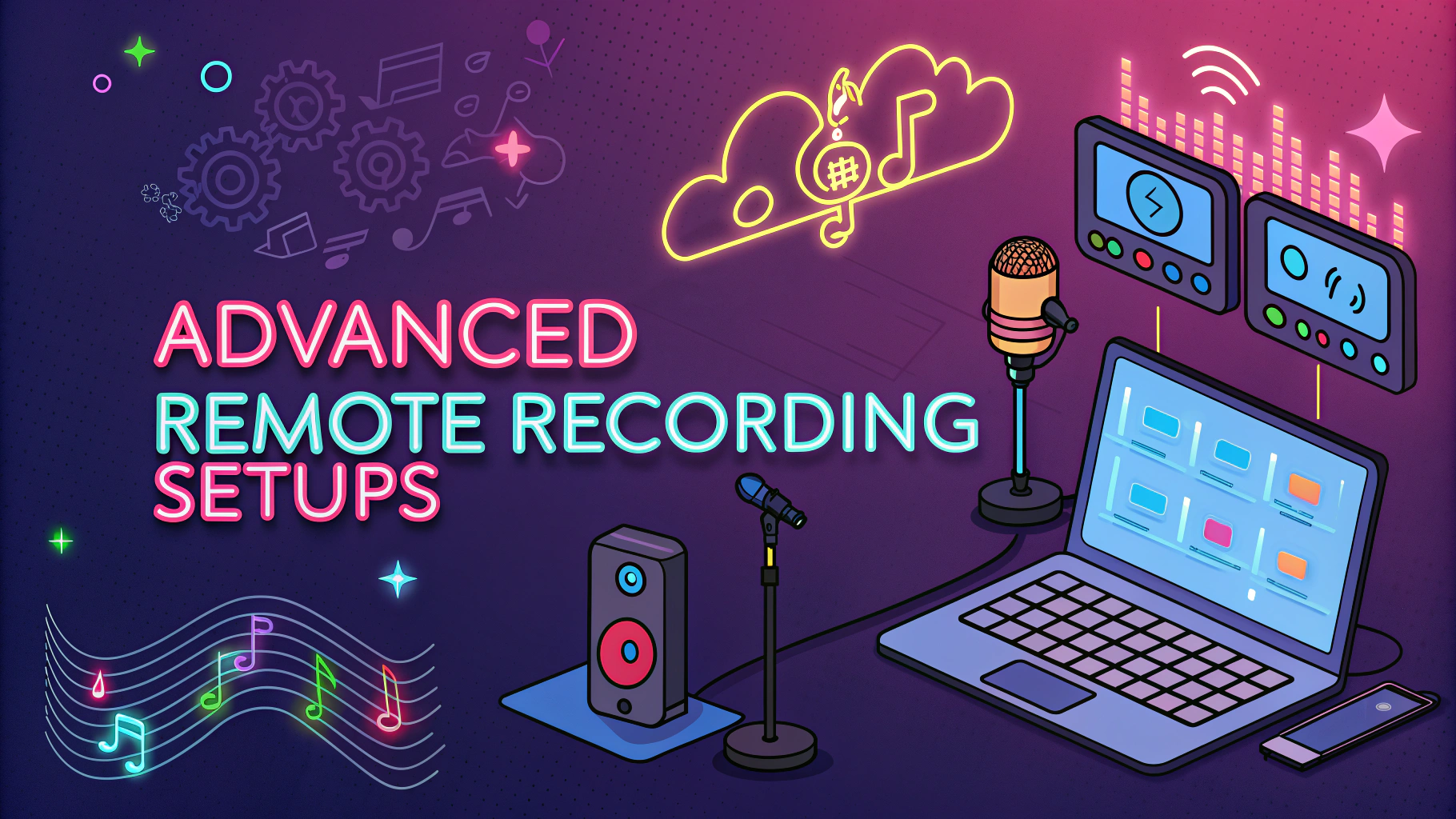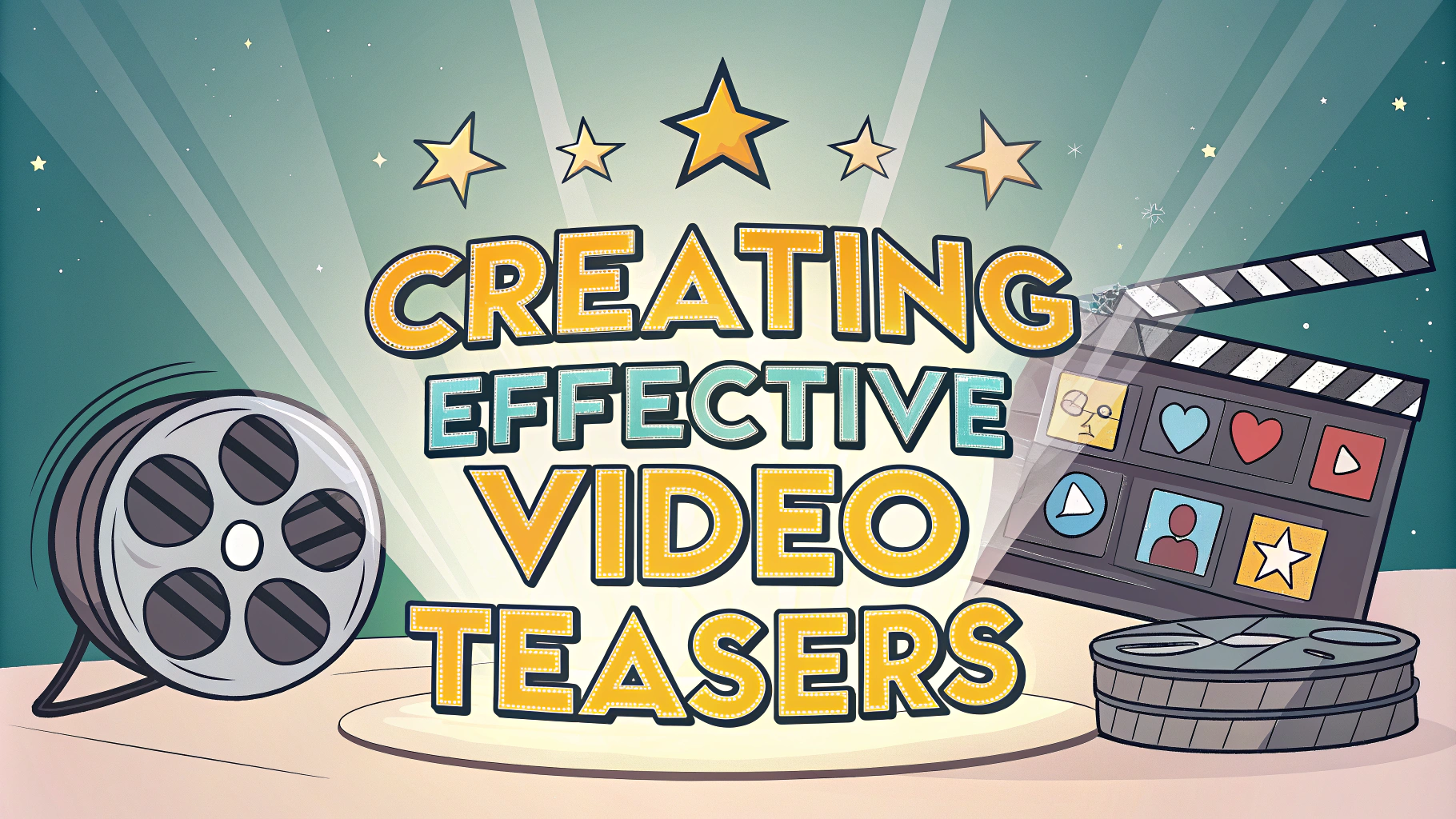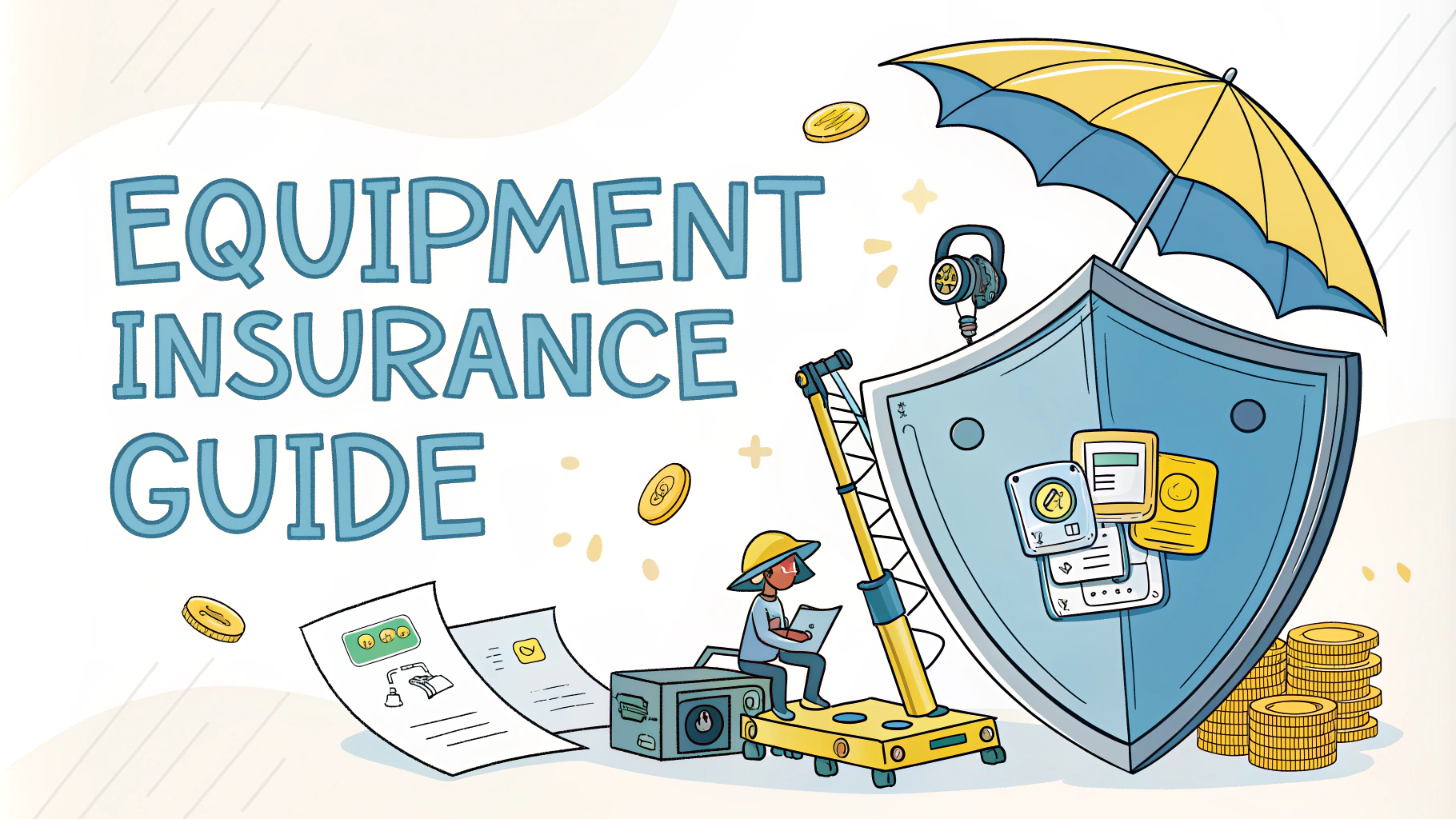Recording quality audio in challenging environments requires specific techniques and equipment to capture clear, professional sound for your podcast.
Background noise, room acoustics, and environmental factors can significantly impact your recording quality, potentially affecting your podcast’s success and listener engagement.
This guide walks you through proven methods to overcome common recording challenges and achieve studio-quality sound, even in less-than-ideal locations.
Essential Equipment for Difficult Recording Situations
- Dynamic microphones with tight pickup patterns (Shure SM7B, Rode Procaster)
- Portable sound barriers or reflection filters
- High-quality shock mounts to reduce vibration
- Pop filters for plosive sounds
- Foam windscreens for outdoor recording
Managing Room Acoustics
Sound-absorbing materials like heavy curtains, carpets, or professional acoustic panels can minimize echo and reverberation.
Position yourself away from walls and corners to reduce sound reflections.
Consider creating a makeshift recording booth using blankets or portable sound barriers.
Dealing with Background Noise
- Record during quiet hours when possible
- Use noise gates in your recording software
- Position microphones close to sound sources
- Enable high-pass filters to reduce low-frequency rumble
Outdoor Recording Tips
Use windscreens and dead cat wind protectors for microphones when recording outside.
Find natural sound barriers like walls or hedges to block wind.
Monitor weather conditions and plan recording sessions accordingly.
Recording Level Management
| Environment Type | Recommended Recording Level |
|---|---|
| Quiet Room | -12dB to -6dB |
| Noisy Environment | -18dB to -12dB |
| Outdoor Recording | -20dB to -15dB |
Software Solutions
- Noise Reduction: Izotope RX, Adobe Audition
- EQ Management: Waves Plugins, FabFilter Pro-Q
- Compression: FabFilter Pro-C, Waves C4
Emergency Recording Solutions
Keep a portable recorder like the Zoom H6 as backup equipment.
Have battery-powered equipment ready for power outage situations.
Consider recording to multiple devices simultaneously for redundancy.
Setting Up for Success
Test your recording setup thoroughly before each session.
Create a pre-recording checklist to ensure consistent quality.
Always record a minute of room tone for potential noise reduction in post-production.
Next Steps for Better Recording
Practice different microphone techniques in various environments to understand what works best.
Join online podcasting communities like r/podcasting for additional tips and support.
Consider investing in acoustic treatment for your regular recording space to create a controlled environment.
Advanced Recording Techniques
Master advanced microphone placement techniques through experimenting with different angles and distances.
Learn to leverage multi-track recording for maximum control during post-production.
Implement gain staging practices to maintain optimal signal levels throughout your recording chain.
Post-Production Workflow
- Develop a systematic approach to audio cleanup
- Create processing templates for consistent sound
- Establish backup procedures for project files
- Document successful techniques for future reference
Remote Recording Considerations
Software Options
- Zencastr for high-quality remote recordings
- Squadcast for video and audio capture
- Cleanfeed for professional broadcast quality
Best Practices
Use ethernet connections instead of WiFi when possible.
Schedule test calls before important recording sessions.
Have backup recording methods ready.
Mastering Your Recording Environment
Invest time in understanding your recording space’s acoustic properties.
Create a dedicated recording area with consistent acoustic treatment.
Document optimal microphone and equipment positions for quick setup.
Elevating Your Podcast Audio Quality
Regular equipment maintenance ensures consistent recording quality.
Stay updated with new recording technologies and techniques through continuous learning.
Build a network of fellow podcasters to share knowledge and resources for ongoing improvement.
FAQs
- What equipment do I need for recording in challenging environments?
A windscreen or deadcat, portable recorder with XLR inputs, dynamic microphone, backup batteries, shock mount, and weather protection for your gear. - How do I minimize wind noise when recording outdoors?
Use a windscreen or deadcat, position yourself with your back to the wind, find natural wind barriers like walls or vehicles, and record at less windy times of day like early morning. - What’s the best way to handle excessive room echo?
Use acoustic treatment like blankets or foam panels, record in smaller spaces with soft furnishings, position closer to the microphone, or create a makeshift booth using moving blankets. - How can I reduce background noise in busy locations?
Use a cardioid or super-cardioid microphone, maintain close mic proximity, record during quieter times, and position yourself with the noise source behind the microphone’s null point. - What should I do if recording in high humidity environments?
Use moisture-resistant equipment, store gear with silica gel packets, avoid sudden temperature changes, and regularly maintain equipment to prevent moisture damage. - How do I protect my equipment in dusty or sandy conditions?
Use protective cases, wrap connections in electrical tape, clean equipment after each use, employ dust covers, and avoid changing lenses or cards in dusty conditions. - What’s the best approach for recording in extreme temperatures?
Keep batteries warm in cold weather, allow equipment to acclimate to temperature changes, use weather-appropriate cases, and avoid leaving equipment in direct sunlight in hot conditions. - How can I ensure backup power in remote locations?
Carry multiple batteries, use portable power banks, bring solar chargers for extended trips, and have backup recording devices ready. - What’s the ideal microphone technique for recording in rain?
Use weather-resistant microphones, employ umbrella coverage, utilize plastic bags with holes for cables, and maintain proper distance to capture rain ambience without damaging equipment. - How do I maintain consistent audio levels in varying environments?
Use a limiter, monitor with headphones consistently, set appropriate gain staging, and record safety tracks at lower levels.
